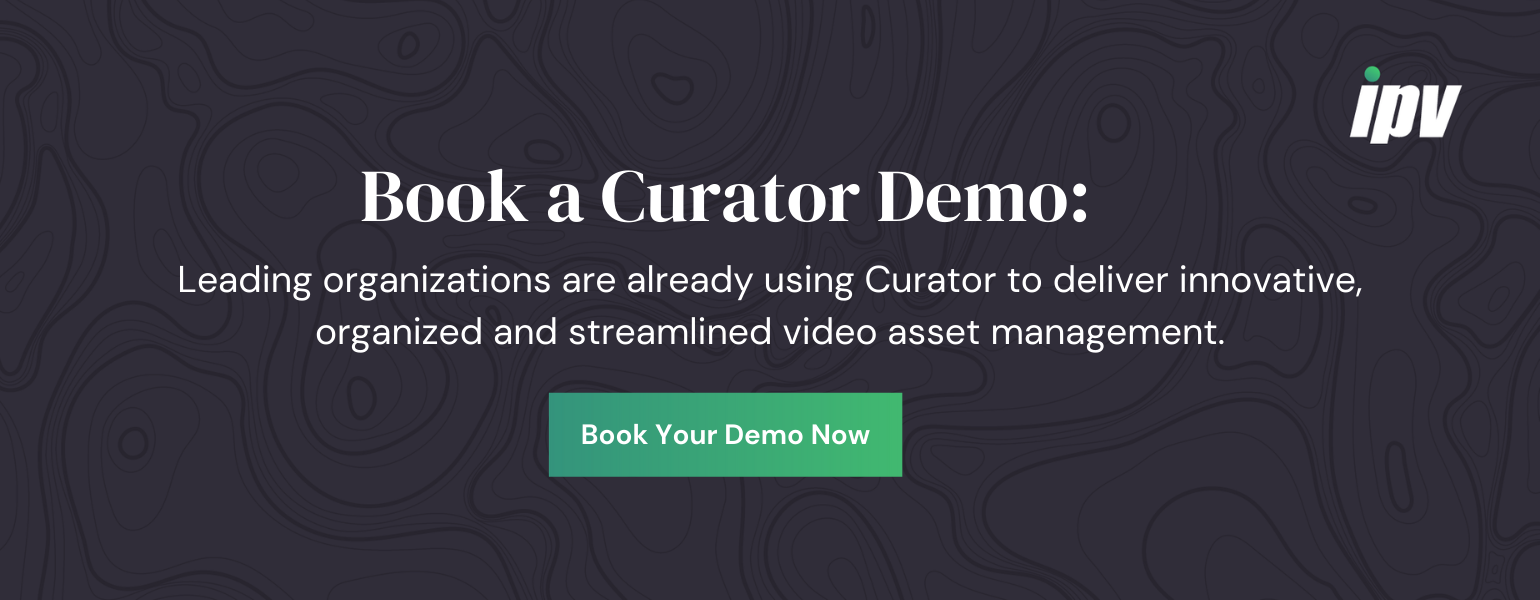-1.jpg)
Advances in technology have changed video production. Starting with the development of non-linear editing during the 1980s, digitizing cinematography has continually transformed how assets can be used, manipulated and stored.
The current revolution breaking on video production revolves around the cloud. Like dozens of industries over the last decade, the connective power of the internet is changing how people communicate, collaborate and work. Large file sizes and bandwidth demands have delayed this change when it comes to video. But the shift to the cloud has begun, and it changes everything — collaboration and video production workflows most of all.
Here, we are going to detail the major workflow changes you need to consider once you have built a collaborative video editing system. But first we have to start with some definitions.
Collaborative editing vs file sharing
It’s one thing to be able to share files, but true collaborative editing is more than that. It’s more than a media manager sharing a video file with a colleague working remotely off site, waiting for a little while and eventually receiving edited copy. This might be considered collaboration, sure, but collaborative editing is infinitely more exciting and, well, collaborative!
Collaborative video editing is about creatives being able to work on the same video file together in real time — no matter how far apart they are. Think of the easy collaboration features that make Google Docs the go-to resource for copywriters and editors. Think how easy it is to make changes and respond to one another in real-time.
The power of platforms
With the right cloud-based Video Asset Management (VAM) platform, this kind of collaborative editing is made easy and secure with state of the art NASA-grade encryption as well as complete control over sharing permissions to minimize the risk of human error.
How is this made possible? Through the power of proxies! Proxies are lower resolution versions of master video files that can be as little as 2% of the original file size. And their production is completely automated. Want to upload the changes you’ve made together directly to an OTT platform? No problem! Proxies can also be converted back into high resolution files with perfect frame accuracy through the process of conforming. Again, with the right platform, conforming is a completely automated process.
Best of all, current VAMs are able to integrate directly with video editing platforms like Adobe Premiere Pro. With automation doing all of the heavy lifting, media managers and editors can concentrate on delivering quality video content instead of grappling with the logistics of remote collaboration.
Video editing is fun again!
Collaborative editing and workflows
Now that we know we are talking about the same thing, let's talk about what collaborative editing delivers. Collaborative editing has the potential to revolutionize workflows and improve operational efficiency. Given the fact that video content is more in demand than ever (and that demand has nowhere to go but up) more efficient workflows can help production houses keep up with their clients’ needs.
Here are just a few of the ways in which collaborative editing, facilitated by VAM platforms can transform your workflow:
Easy iterations
Video editing is an inherently iterative process. Great editing occurs when collaborators are able to experiment and make changes in a responsive and agile way. When collaborators are working on the same file in real time it removes barriers to edits and change.
Editors can embrace experimentation knowing that the iterative changes they make can be tracked easily. If their experimentation doesn’t quite work out, previous versions can be restored in the blink of an eye.
Better communication with stakeholders
In the fast-growing digital video economy, media managers need to ensure ongoing harmonious relationships with clients and stakeholders. The beauty of collaborative editing and using VAM platforms is that it makes it easier to bring clients in and let them peek behind the curtain.
They can make notes and suggest changes that editors can carry out in real-time right in front of them. This can go a long way towards making the client feel as though they’re in the driver’s seat, and that their ideas and contributions are valued. And because media managers have complete control over access permissions they can rest assured that clients see only what they need to see.
Bring freelancers onboard
Using freelancers can be highly advantageous to production houses. Freelancers can provide them with the talent they need on flexible terms at a fraction of the overhead costs that a new salaried team member would represent. Unencumbered by the drain that new companies can place on their cash flow, production houses can scale their businesses upwards in a much more manageable and profitable way.
By 2022, an estimated 50% of Americans are expected to be working as freelance contractors. However, until recently, the inherent difficulty of sharing of large video files has prevented video production from taking advantage of the growing freelance economy — not to mention security concerns
Seamless proxy processes, permission settings and encryption remove all of the difficulties of bringing onboard freelance talent — creating far more dynamic and modern workflow possibilities.
Embrace remote working
In the same way that collaborative editing allows for freelancers, it also allows for remote working. Editors can access proxy files securely and work on them no matter where they are. This is critical in allowing production houses to keep up with the changing priorities of the workplace, as well as reducing overhead costs and their premises’ carbon footprint.
Collaborative video editing is fundamentally conducive to greater creative expression and removing the encumbrance of admin. New file versions no longer need to be created manually and version tracking is completely automated. Combine these with automated proxy creation and conforming and editors and media managers are instantly liberated creatively. They can spend less time on administration and more time being creative.
Let’s face it, nobody gets into video production for the admin!
VAM technology enabled processes
Technology is never a solution in and of itself. And when it is viewed as such, that’s when talented people get automated out of a job. The goal of technology should always be to facilitate more efficient operations and alleviate the burden of tedious and repetitive administrative tasks, allowing creatives to do what they do best, take risks and shine professionally. When they are free to do this, the inevitable result is better video content, happier clients and a better reputation for the production house.
Even if video content doesn’t make up 80% of all consumer internet traffic as was predicted a few years back, it’s certainly safe to say that demand for video will only rise in the coming years. And that means more competition snapping at your heels.
By embracing collaborative video editing and investing in VAM platforms, production houses can consistently wow their clients and ensure that they are always one step ahead of the competition.


Speak Your Mind